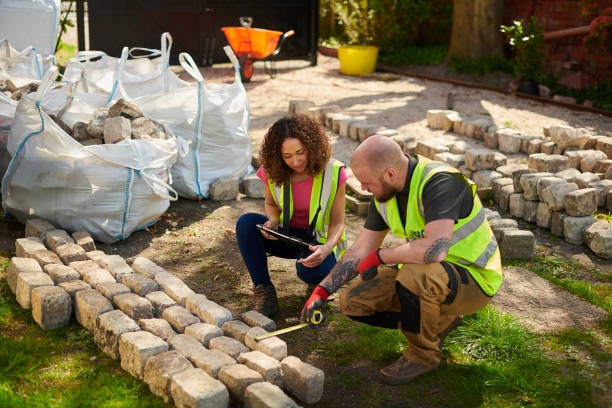Landscaping trends are constantly evolving, reflecting changes in societal attitudes and environmental awareness. Today, more homeowners are seeking sustainable gardening practices that not only enhance the aesthetic appeal of their homes but also contribute to the well-being of the planet. This shift towards sustainability has given rise to several emerging landscaping trends.
One such trend is xeriscaping, which involves designing landscapes to reduce or eliminate the need for supplemental water from irrigation. Originating from regions with water scarcity issues, this approach uses drought-tolerant plants and efficient irrigation systems to conserve water. Xeriscaping can be applied in any region and is particularly beneficial for areas prone to drought.
Native planting is another significant trend gaining traction among gardeners and landscapers alike. This practice involves using plants native to a particular area that have adapted over time to local conditions such as soil type, climate, and interaction with wildlife. Native plants require less maintenance and resources compared to non-native species since they are naturally suited for survival in their respective environments.
The concept of edible landscaping is also catching on as more people seek ways to produce their own food sustainably. Instead of conventional ornamental plants, edible landscapes incorporate fruits, vegetables, herbs, and other edible plant go here species into an aesthetically pleasing design. This approach not only provides homeowners with fresh produce but also promotes organic farming practices at home.
Rain gardens have emerged as a popular trend due to their dual functionality – managing stormwater runoff while creating an appealing landscape feature. These gardens are designed strategically where rainwater collects or flows naturally during rainfall events; then it’s slowly absorbed into the ground rather than causing erosion or flooding problems downstream.
Pollinator gardens represent another key sustainable landscaping trend aimed at supporting biodiversity by attracting bees, butterflies, birds and other pollinators essential for plant reproduction. These gardens typically include a variety of flowering plants providing nectar throughout various seasons so that pollinators find food year-round.
Lastly there’s the trend of integrating technology into landscaping for sustainability. This includes using smart irrigation systems that adjust watering based on real-time weather data, and solar-powered landscape lighting to reduce energy consumption.
In conclusion, these emerging landscaping trends not only enhance the aesthetic appeal of gardens but also contribute significantly towards sustainability. By adopting such practices, homeowners can create beautiful landscapes while playing a part in preserving our environment for future generations. As society continues to grapple with climate change and environmental degradation, it’s clear that sustainable gardening will continue to be an important aspect of landscaping design moving forward.



